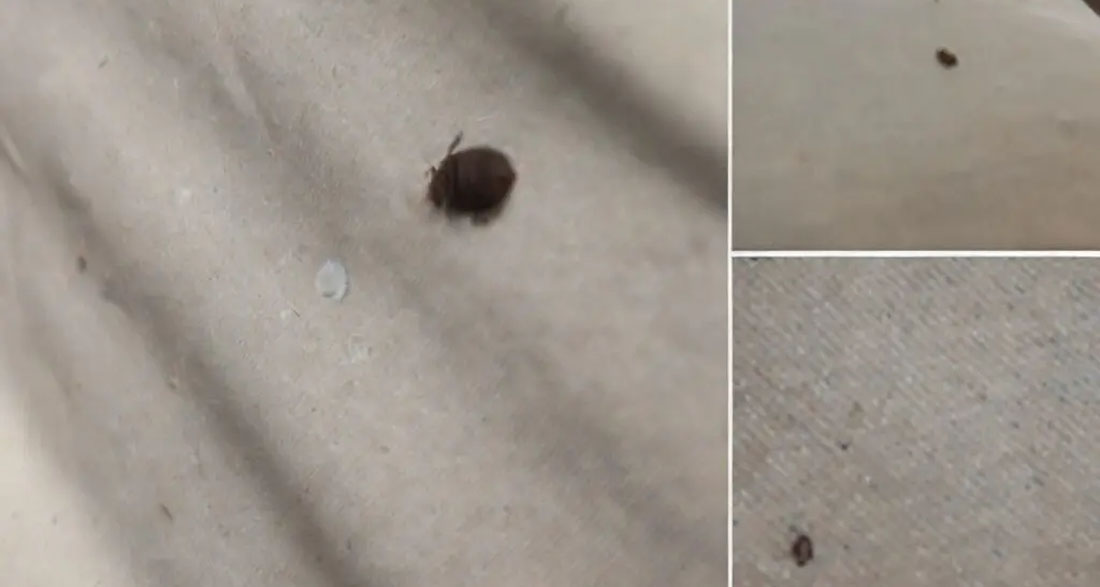I’ve always considered myself the type of person who approaches animals with love and care. Whether it’s a spider hanging in the corner or a snake slithering through the grass, I don’t flinch. I’ve got no reason to avoid them because, truthfully, I feel like I can handle most insects and pests just fine.
But there’s one tiny creature that truly tests my patience—ticks.
I hate to admit it, but if every single tick on the planet vanished overnight, I wouldn’t lose sleep. These little monsters aren’t just creepy; they’re dangerous. Ticks are notorious for more than just being annoying. They can carry serious diseases like Lyme disease and Rocky Mountain spotted fever. When you consider those risks, ticks go from being a simple nuisance to a real threat.
Because ticks are so dangerous, knowing what to do when you come across one is crucial. Depending on where you live, the season, or if you have pets, you might find yourself dealing with ticks more often than you think.
So, what should you do if you find a tick?
1. Spot and Contain the Problem
The first step is to figure out what kind of tick you’re dealing with. Some of the most common types include black-legged ticks, dog ticks, and brown dog ticks. If you find a tick in your home or on your pet, isolate the area. Keep kids and pets away from it until the situation is handled.
And don’t forget to protect yourself. Put on gloves and wear long sleeves. You definitely don’t want any of these things attaching to you while you’re dealing with them.
2. Clean Everything
Ticks are tough to get rid of, and if one touches any bedding, clothing, or furniture, you’ll need to act fast. Wash everything in hot water to kill any lingering ticks or their eggs. Make sure to vacuum thoroughly, especially in corners, cracks, and any sneaky hiding spots they could be using to lay eggs.
3. Remove the Tick
If a tick is already attached to you or your pet, removing it properly is the next critical step. Use fine-tipped tweezers to grab the tick as close to the skin as possible. Pull it upward slowly and steadily, without twisting or yanking it. The goal is to remove the entire tick—especially its head—without leaving anything behind.
Once you’ve successfully removed it, clean the bite area with rubbing alcohol or soap and water. Then, you can kill the tick by soaking it in alcohol or flushing it down the toilet. Whatever you do, make sure that thing is dead and gone!
4. Watch the Bite
Even after the tick is gone, you’re not done. You have to keep an eye on the bite. Watch for any signs of infection—rashes, fevers, fatigue, or joint pain. These symptoms could be early warning signs of a tick-borne illness. If you notice anything unusual, don’t hesitate to visit a doctor.
Even if you don’t encounter ticks often, especially if you live in a city, it’s good to stay prepared. If you live in areas where ticks are more common or have pets that go outdoors, being cautious is even more important.
By following these steps, you can protect yourself and your family from the dangers ticks bring.
Don’t keep this information to yourself! Share it with others because knowing how to handle ticks can make a huge difference.
What’s your take on this? Let me know in the comments!






